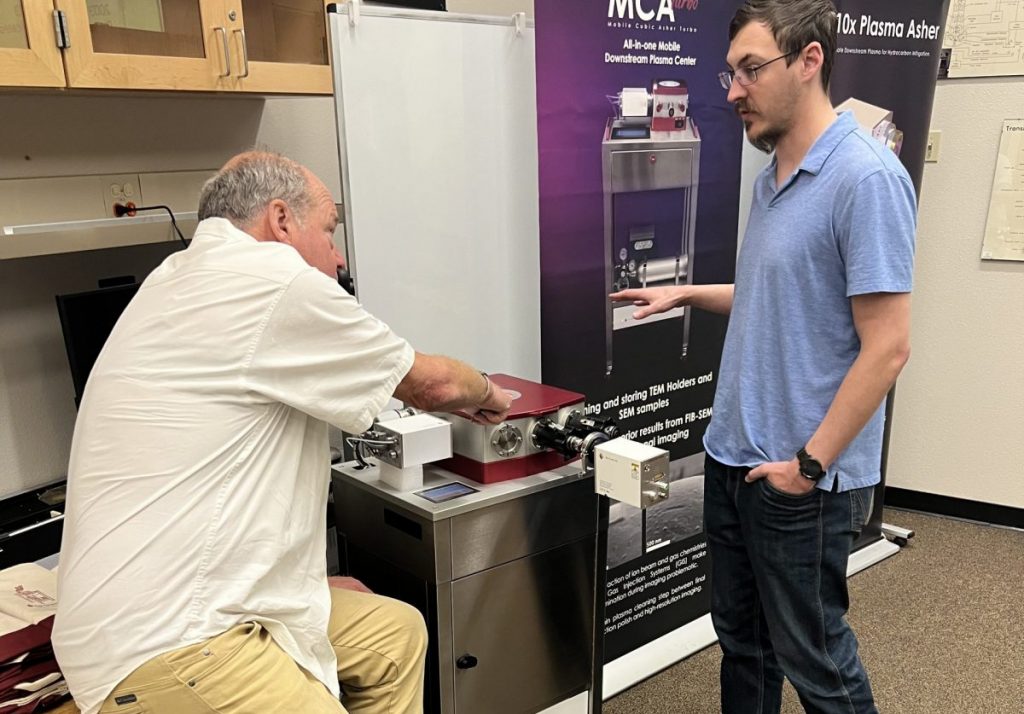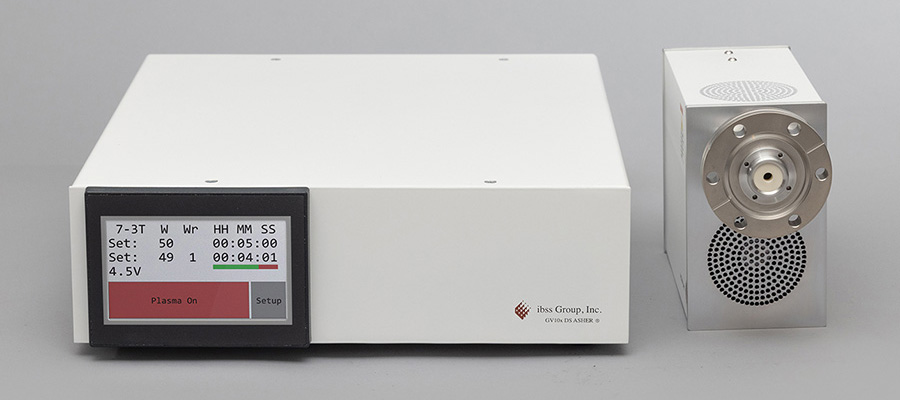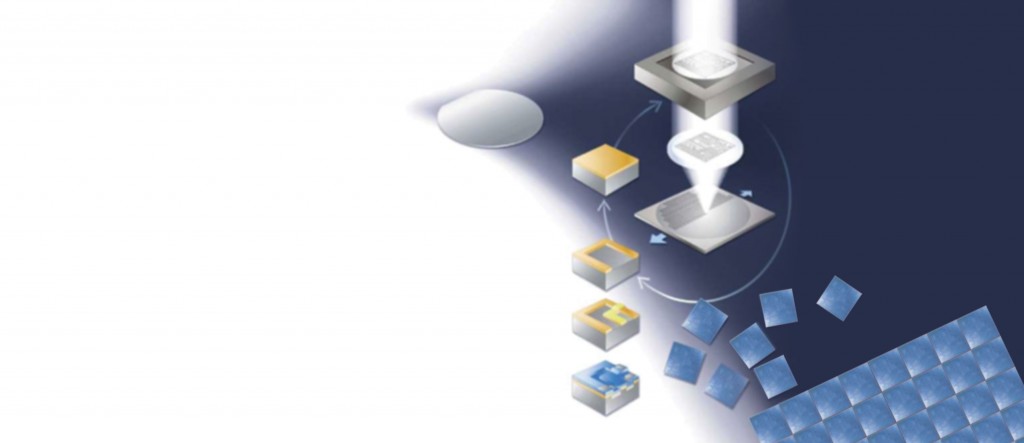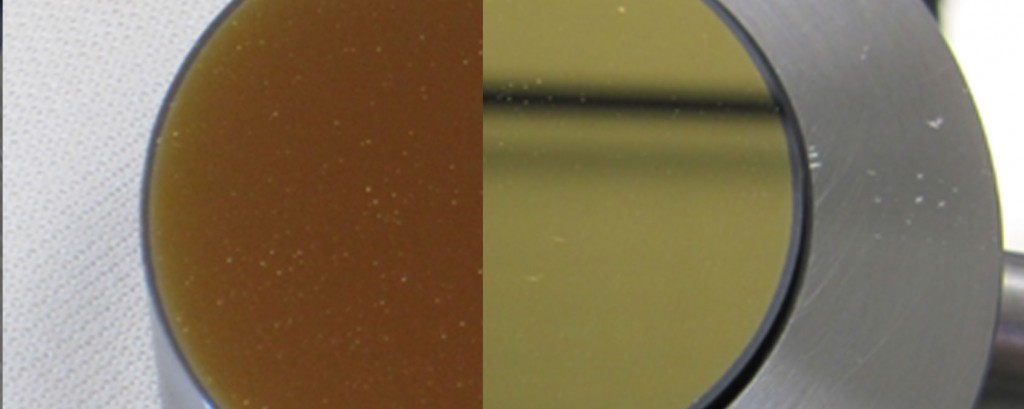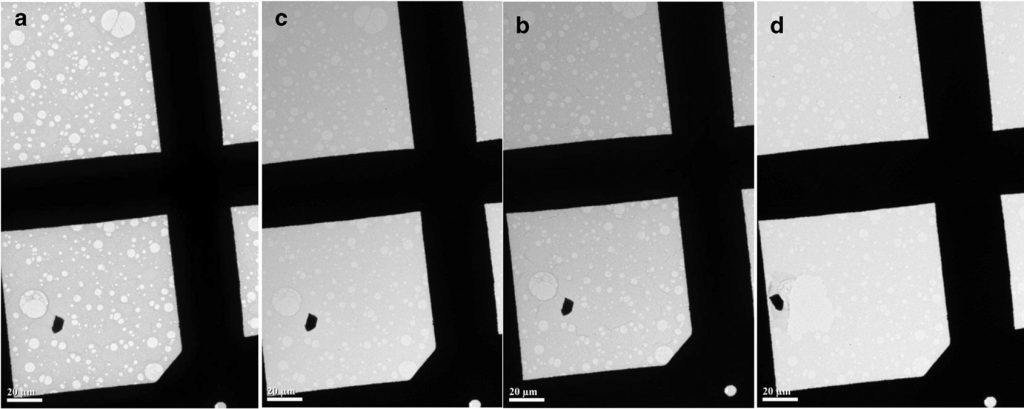ibss MCA demonstration at Delta College EM Lab Open House
It was exciting to meet the next class of Delta EM microscopists during the Delta College EM Lab Open House on Wednesday, April 16. ibss wishes to thank Rachellien Trinh and Jose Jimenez for supporting our demonstration of the MCA. We were excited by the students’ enthusiasm and application of the MCA features to improve […]
ibss MCA demonstration at Delta College EM Lab Open House Read More »

